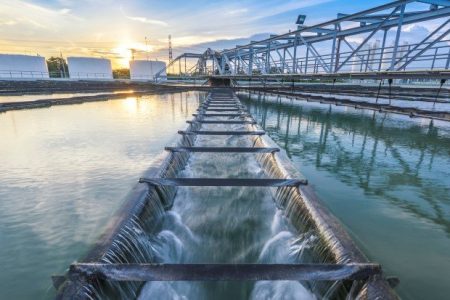Now that the world is finally realizing that fuel is a non-renewable resource; it has begun to find alternatives in providing power to various industrial and domestic sectors. One of these alternatives includes, using wastewater as an energy source to treat water for domestic purposes. Now hold up! I understand that it’s a little confusing; but let’s just take a look at how it works. Shall we?
Basically the underlying concept behind this idea is that sewage can be used to generate electricity by turning it into biogas. This is achieved by placing it in digesters and feeding it with bacteria. The process takes place at a steady 100.4oF (38oC); which is highly favorable for bacteria to do its job in breaking down the organic matter present in sewage. At the end of this entire process, we attain biogas i.e. Methane which is then burned to produce electricity and heat.
One does tend to wonder about the efficiency of such electricity producing methods. However, the Marselisborg Waste Water Treatment Plant, in the Danish city of Aarhus, is expected to generate about 192% of the electricity required to make the water feasible for re-use and to be supplied to 200,000 nearby residents. How remarkable is that?
One of the best things is while many industries use this method to release harmful greenhouse gas emissions; none have actually harnessed all that energy to produce electricity. Being one of a kind, this project is being attempted to get replicated in other cities of Denmark, so they may also walk the path of sustainability.
Although the plant costs a whopping $3.19 million to construct and make it running, the company believes that the cost will be recovered within 5 years when the plant will run at its full capacity.
I sincerely wish the Aarhus Water officials good luck in their endeavors of saving our planet!
h/t: Inhabitat

